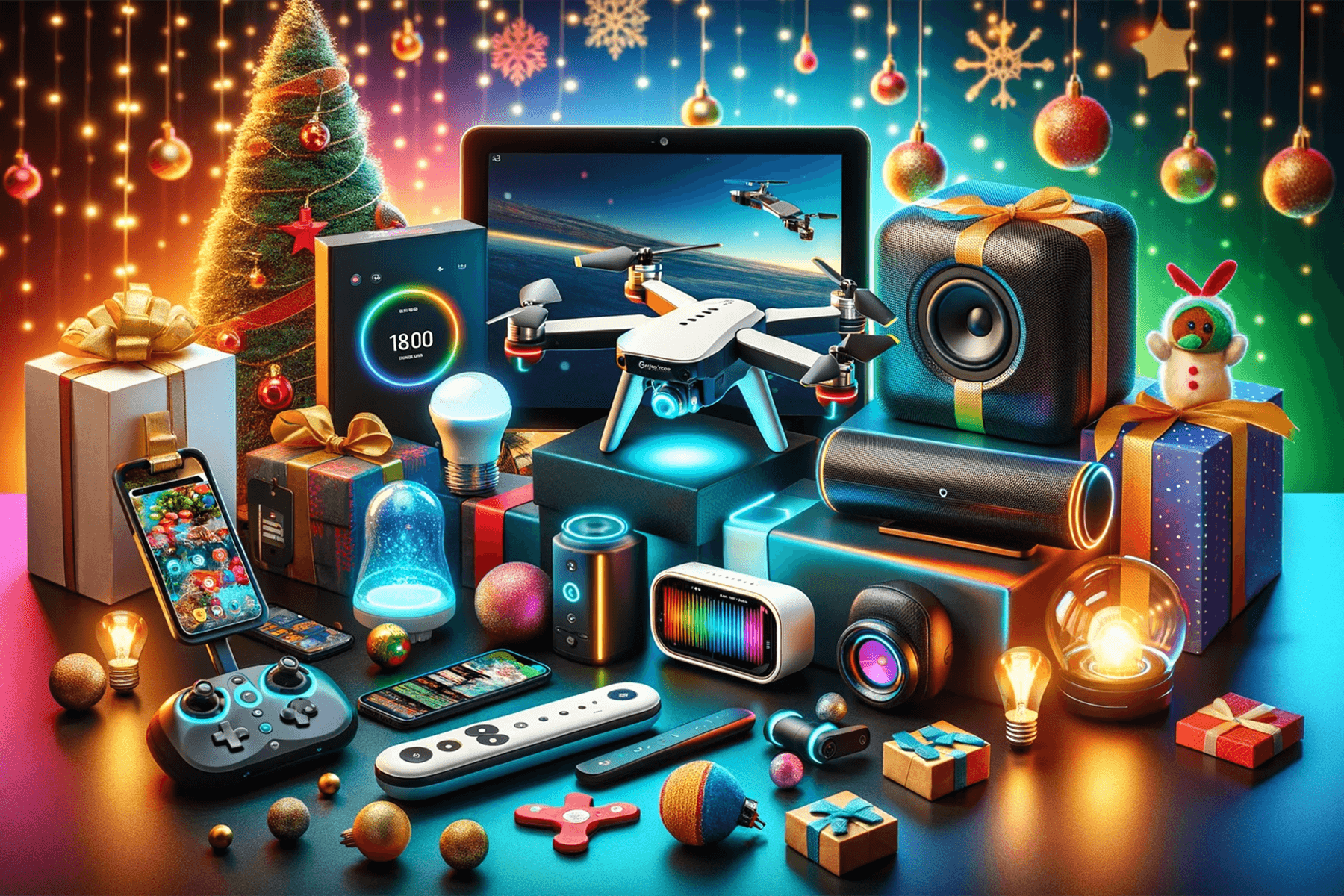-

CES 2024 Has Gone to the Dogs
At CES 2024, amidst the glitz of AI buzzwords, true pet tech innovations emerged. As Pancho, my Pekingese, might attest, not every flashy gadget is a game-changer, but a few genuine gems promise a brighter future for our pets.
-

Exploring AI’s Role in Beauty Tech at CES 2024
From smart skincare devices to AI-enhanced beauty tools, we cover the latest trends and breakthroughs at the Consumer Electronics Show. Learn who is setting new standards in beauty technology, where AI-driven innovations offer personalized and practical solutions.
-

Best White Elephant and Dirty Santa Gifts
In this spirit of holiday merriment, we’ve scoured the depths of the internet (ok, mostly Amazon) to bring you a list of gifts perfect for White Elephant or Dirty Santa exchanges. These picks are not only laugh-inducing but also perfect for adding a touch of fun and quirkiness to any family and friends gathering.
-

Time Is On Their Side: AARP and The Rolling Stones’ Age-Defying Tour
How The Rolling Stones and AARP are smashing stereotypes about aging. A bold collaboration that’s setting new marketing benchmarks.
-

Achieving 2024’s Health Goals with Connected Fitness
Discover how connected fitness devices can redefine your health and fitness journey in 2024. Ideal for personal goals and great as gifts, these gadgets offer practical solutions for a healthier new year.
-

Tech Lover’s Delight: Gifts from $30 to $300 for Those Who Have Everything
Struggling to find the perfect gift for the tech enthusiast who seems to have it all? Discover the gifts that will delight any technology lover, from high-flying drones to immersive soundbars. Check out our detailed guide for the top tech gifts of the season.
-

Govee Smart Lights Review: Transforming Homes with Innovative Lighting
From vibrant curtain lights that bring your room to life with music synchronization to immersive TV backlights that extend your screen’s experience to the whole room, Govee is revolutionizing home lighting.
-

Choosing the Best Fast USB-C Charger for Your Devices
Discover the ultimate charging efficiency with our comprehensive guide on USB-C chargers.
-

Athletes, Agencies, and AI: The New Playbook for Marketing
Dive into the world of AI in the NCAA’s NIL era. From identifying rising stars to crafting personalized campaigns, discover the new marketing playbook that agencies are adopting.